Analog Sound, Plugin Workflow: A Precision Producer’s Studio Toolset
Some recording artists are exactly that: The recording process is one with the art.
That’s Blake Morgan, the NYC singer/multi-instrumentalist/producer and label owner who’s just launched his fifth studio album, Violent Delights. Its rock songwriting is packed with emotional moments, wielding tension, power, hooks and deep feeling across 10 tracks.
Morgan’s craft is rooted as much in audio as in music creation. Every choice he makes to record and mix is 100% intentional, picking his instruments, amplifiers, microphones, preamps, compressors and plugins with care. His all-in commitment to audio excellence was made clear on SonicScoop in 2018 when he detailed his intensive process for remixing and mastering his album Burning Daylight.
Now Blake Morgan is with us again for another recording and mixing masterclass. He’s shared the creative challenge he laid on himself with the Violent Delights concept, and the precision signal path he followed to get him there. Follow along with this intensive audio diary, and you’re sure to get action items you’ll want to try on your next studio project.
Blake Morgan: “Violent Delights was about one thing: making a modern-sounding record but with a vintage/analog approach. From the outset, I wanted to create an album that would sound as if Mutt Lange had produced a record by The Police. That’s why I’ve said if The Police’s Ghost in the Machine and AC/DC’s Back in Black had a kid, that kid would be my new record.
“In order to achieve this, I had a very analog approach but in the digital world: I tracked the record as if I were going to tape – one instrument at a time, really focusing on each performance, with no digital studio-magic to “fix” things along the way. I used extremely specific gear and plugins for a particular approach to recording and mixing the record: every track was recorded through UA 610B preamps and UA 176 compressors – not 1176s, Putnam’s original 176!
“After years and years of mixing on SSLs, inside the box and out, this was the first record I’ve ever mixed on an API. The Vision channel strips are on everything. Also of note: This is the first record I’ve made 100% “in the box” so to speak, using all Universal Audio gear including the amazing UA OX guitar interface. I tracked, produced, mixed, and mastered the entire album at my NYC Greenwich-village recording studio, Valiant Recording, NYC. (See this 2014 SonicScoop feature to track the studio’s evolution.)
“I used vintage amps from the 1960s, vintage guitars, and hand-made vintage-style microphones built exclusively for me by wizard Mark Yoshimoto Nemcoff — his C-12 is all I sang through. It’s all then put through an analog approach to recording, as if one were going to tape, but in the digital world. That’s what gives the record its sound.”
The Studio Shots
These are photos of my studio, Valiant Recording NYC in Greenwich Village, along with some gear shots and drum-recording assets too:
“Valiant Recording’s all-purpose modular space. This studio was built originally built by necessity: it was a studio apartment in a Greenwich Village brownstone. Now, twenty years and thirty records later, it’s the home for all the records I produce and record.
“I’ve often described it as the Millennium Falcon of NYC recording. Being comfortable in my own hand-built recording studio in the middle of Manhattan had everything to do with the performances on Violent Delights. It helps to record with a home-field advantage. And, musician after musician has told me it’s their favorite place to record. Simple, welcoming, great-sounding.”
“Main recording room featuring my 1985 Steinway 1098 Upright piano. The acoustic treatment on ceiling and walls allows for ‘dry room’ versus ‘wet room’ micing options.
“Again, built out of necessity, this room has proven to be both utilitarian and great-sounding.”
“Main recording room full view, with mixing desk. Half-inch thick glass on the windows, btw.”
“Valiant Recording’s live room. Note the vintage amps: 1965 Fender Bassman (blackface), 1972 Fender Bassman (silverface), 1990 Vox AC30 hand wired 30th anniversary edition (and the last one ever made), Vox AC15 hand wired, 1965 Fender Princeton, Headstrong Lil’ King.
“Notable vintage guitars: 1977/78 Fender Precision Bass, a 1999 Gretsch Silverjet custom built for me, and a 2009 Gibson Les Paul Custom.”
“This bespoke mic collection was hand built for me by Mark Yoshimoto Nemcoff in Los Angeles. From left to right:
MYN-C12 – Mark’s (Telefunken) C-12 design – this is the microphone all the vocals on Violent Delights were recorded with, and it’s the far mic on the drum room too.
MYN-U67 – his (Neumann) U 67 recreation which has an NOS (“new old stock” – merchandise that was never sold to a customer and is still new in its original packaging) early ‘60’s UK Mullard tube EF86 in it.
MYN-U87 – Mark’s (Neumann) U 87 design
MYN-U47 Mark’s stunning (Neumann) U 47 recreation which has an NOS late ‘60’s British Military Mullard tube 12AT7.
“The way the records I produce sound is deeply informed by these mics. I thank the universe for Mark Yoshimoto Nemcoff every day of my life.”
“This is my 1990 Vox 30th Anniversary AC30. It’s a special amp: only a thousand of these were ever built – 500 black, 500 blonde – and as you can see from the brass plaque and serial number, I have the last one ever made. This amp is the sound of Violent Delights more than any single piece of gear. I would pull this amp out of a burning building if I had to.”
“This is the bass rig for Violent Delights, my 1965 Fender Bassman with my 2009 Epiphone Jack Casady bass. The Bassman is an AB165 circuit, and I bought it from a man who’d had it – and barely used it – in his garage for 52 years. His father bought it for him on his 10th birthday and he’d kept it in perfect condition ever since.
“When I bought it from him what he wanted to know most was whether I was going to ‘collect’ it or really use it, and I assured him it would be the latter. Married with this bass (my favorite), its punchy sound and hollow-body character is magic. The Casady is like a Hofner crossed with a P Bass. Great guitar amp too, and I used it for some of the cleaner guitar sounds on the record.”
“My pedal board for the guitar sounds on the record. Right to left: Fairfield Circuitry Barbershop (drive), Echoplex Delay, EarthQuaker Devices Ghost Echo V3 (reverb), and Echoplex Preamp.
“The Barbershop is a pedal I mostly use live and didn’t use much for the album’s recording, but the other three I really did.
“Fundamental to my sound is the combo of the Ghost Echo and the Echoplex preamp. The Ghost Echo is simply the most gorgeous pedal reverb I’ve ever heard, and the preamp – note: it’s last in the chain as it should be – was essential in creating the post-punk array of guitar sounds I wanted for the record. I can’t live without either of those two pedals.”
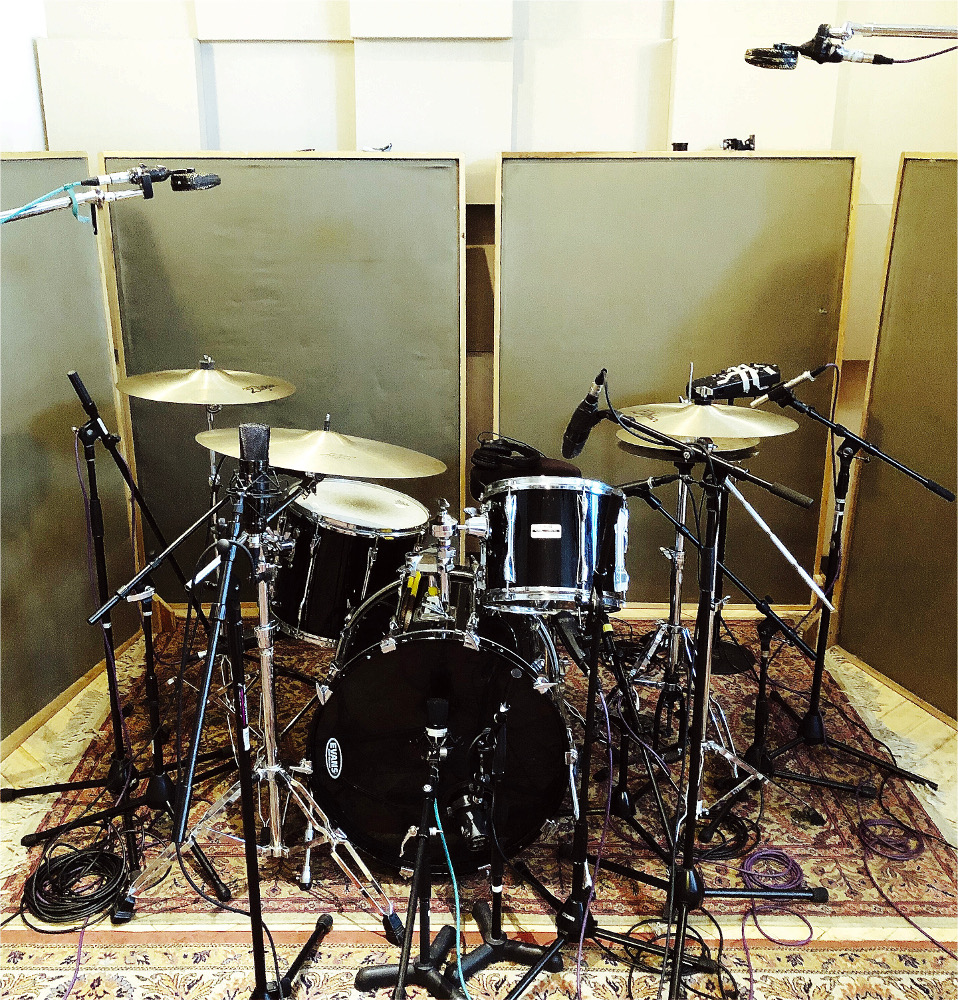 “Drum recording setup for Violent Delights. I wanted a big-room drum sound for the record so I went to Dubway Studios in lower Manhattan to record the live drums there.
“Drum recording setup for Violent Delights. I wanted a big-room drum sound for the record so I went to Dubway Studios in lower Manhattan to record the live drums there.
“Note: Coles microphones for overheads, Sennheiser 421s for toms (top and bottom), MYN-87 for ride cymbal/near room, (Shure) SM7 for inside the kick, and an MYN-U77 mic (not previously pictured) for outside the kick.
“The U77 is a bespoke mic Mark made for me and it has crazy low end which I love to use on the kick drum. (Shure) SM57s on the snare. And out of view is the aforementioned MYN-C12 for the far room mic.”
Essential Tracking & Mixing Plugins
This is a collection of the plugins I used while tracking and mixing Violent Delights.
Tracking
“Central to my ‘In the Box’ (ITB) recording philosophy is maintaining a console-recording approach even in the digital world. In pre-production I’ll decide what ‘console’ the record should be made on – Neve 1073 for example – and then commit to it.
The UA 610-B plugin gave Violent Delights that vintage tube sound – and every single instrument on the record was recorded through it. It provides a “glow” and a vintage-but-modern feel that I love. This approach binds everything together, and allows one to “shoot the movie on the same filmstock” the entire time, so to speak.
“My favorite compressor, the UA 176. Bill Putnam’s design has all the benefits of the Fairchild but with some important differences in characteristics. My mentor, legendary producer Terry Manning (Led Zeppelin, ZZ Top, Shakira, Lenny Kravitz) taught me about this compressor.
“I used it to track everything on Violent Delights, and in a specific way: I use it at 4:1, with the attack all the way ‘slow’ and the release all the way ‘fast.’ I want those transients! I want that analog hug, binding, and punch. So with almost every compressor I use, I immediately turn the attack to “slow” and the release to “fast” whenever possible. I don’t hit it too hard while recording, maybe 3-5 dB of reduction. The 176 is the holy grail of compressors, and (in my opinion) blows away everything else. It’s all I use when tracking.
“This plugin combined with the aforementioned 610-B is the ‘recording console’ for this record.”
Where would I be without Universal Audio’s OX Interface? All my vintage amps have come to life – without hundreds of watts of volume blowing up the studio – and this is why. Intuitive, simple to use, and great sounding.
“Here’s how I set up the OX’s digital interface: Coupling the speaker mods with the amp I’m using – in this case my 1965 Fender Bassman – one can tweak and shape in the digital world, while retaining all the analog magic. UA has really nailed it with this system, in a world previously inhabited by ‘nice-try-but-no-way’ attempts.”
Mixing
“My ‘console approach’ to digital recording extends to mixing. After years of working and mixing with SSL consoles, both in the real world and digitally, I’ve moved to the API world. API sounds a little less ‘nice’ than SSLs do to me, and have that Neve squishiness I love, but in the mix world.
“Every channel in my mix will have this Universal Audio Vision Channel Strip plugin on it. Note the knee and type on the compressor section (crucial to the sound of this record!), which is the only way I feel it should be used. This particular compression setting is the most ‘analog’ sounding: fattest, most organic, most forgiving. You can really hit it hard, and you’ll get the lovely part of ‘squish’ without the ugly part. It binds all the tracks together beautifully.
“Also note how I’ve set up the EQ section. I’ll rarely change this regardless of the sound source (except for kick). I want the sound of the console most of all, and I’ll shape the EQ more with Pultecs if needed.”
“Here’s a screen grab of my mix session for the first track on Violent Delights, ‘Down Below Or Up Above.’ I work in Logic, because I think it’s not only more musical – and practical – than Pro Tools, I think it sounds better.”
“The secret sauce of my snare sound: the AMS RMX16. Set to ‘Non-Linear’ it creates just this little space around the snare that’s magic. Perfect for this record, inspired by Stewart Copeland’s snare sound. All hail the ‘80’s!”
“Every drum bus in my mix has an Empirical Labs Distressor across it. I’ve used the hardware for years, and I’m pleased to report that the plugin does the hardware justice. My friend [Empirical Labs founder] Dave Derr invented this wonderful machine, and its changed recording. I use it at 4:1, Dist 2, and with the attack all the way down and the release all the way up. Blend to taste, it makes the drums come alive.”
“The EMT-140 Plate reverb is the only reverb I used on this album’s mix. I’m a believer in using one reverb, if possible, to again bind things together and create a world and a feel for an entire record. For this one, the EMT-140 was a no brainer given the sound I was after. It’s not right for everything, but when it is right (like on my record)––nothing beats the character and 1960’s magic it provides.”
“The Echoplex EP-34 Tape Echo is a classic, and this plugin offers all the sonic love of the hardware without the headaches of maintaining an actual tape echo. You can hear this on all the trails on the lead vocal throughout the record. Blended with the EMT-140, it’s gorgeous. I usually set it to 1/4 note repeats.”
“I used the Fairchild 660 tube compressor/limiter (not the 670!) on these mixes specifically at a low 2:1 setting when I needed to pin something just a little more in place, like vocals and bass guitar for example. Using it just a touch, this compressor made famous by The Beatles never fails to deliver.”
“Here’s how I set my Pultec EQP-1A on the lead vocal. Adding a little air and taking out just a little low end, the sound of this plugin is amazing.”
“Listen to the chorus of ‘Down Below Or Up Above’ or the verses of ‘Farewell My Heart’ and you’ll hear this fun plugin. The UA Brigade Chorus gives you that Andy Summers love in a really effective mix tool. I love this thing.”
Mix Bus
“To finish things off, I use the Ampex ATR-102 as the last thing in my mix chain. Set to GP9 at +9, this great plugin gives one’s mixes a three dimensionality that’s hard to describe. And an old-school analog vibe even ‘in the box.’ Can’t live without it.”
— David Weiss is an Editor for SonicScoop.com, and has been covering pro audio developments for over 20 years. He is also the co-author of the music industry’s leading textbook on synch licensing, “Music Supervision, 2nd Edition: The Complete Guide to Selecting Music for Movies, TV, Games & New Media.” Email: david@sonicscoop.com
Please note: When you buy products through links on this page, we may earn an affiliate commission.







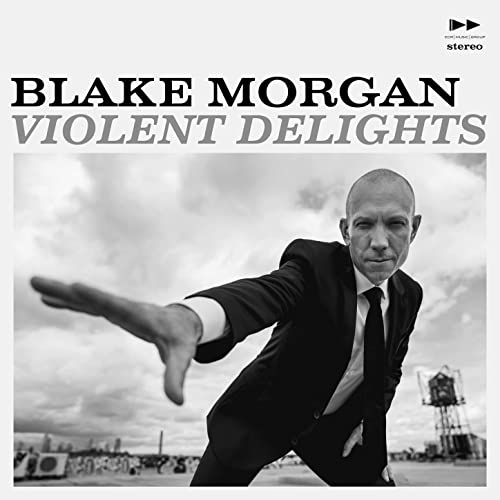
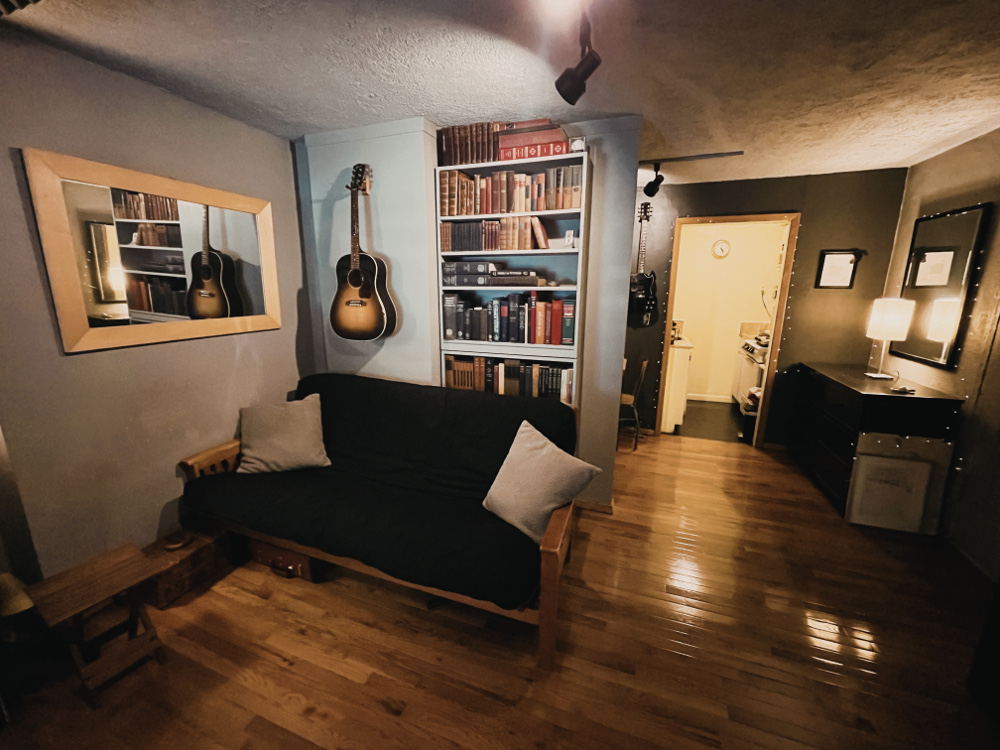
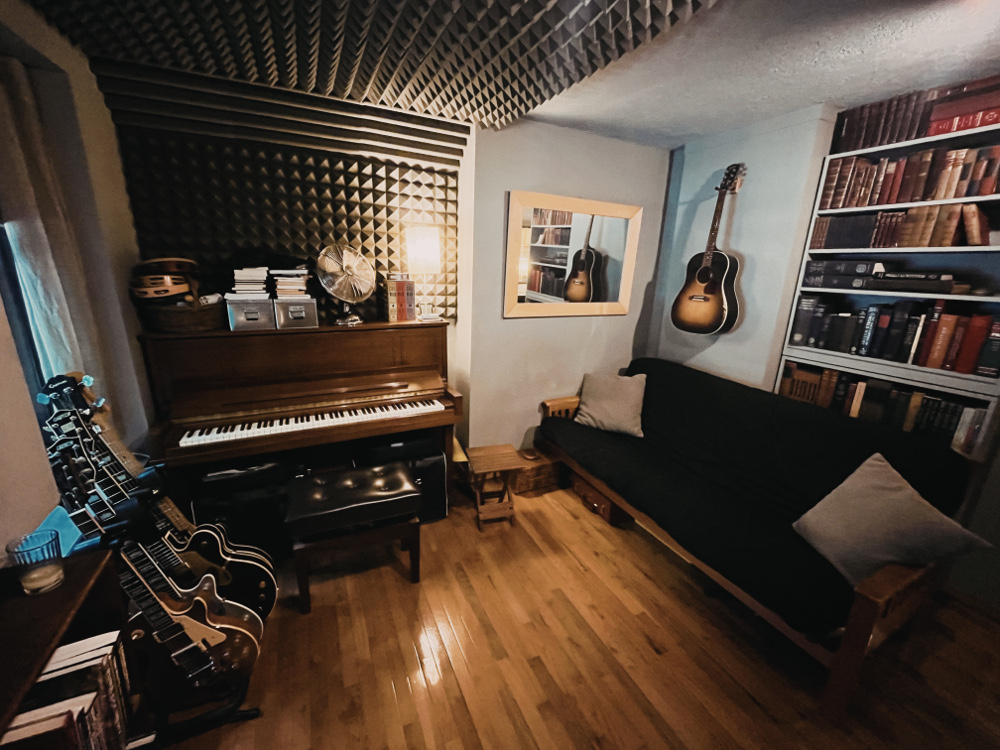
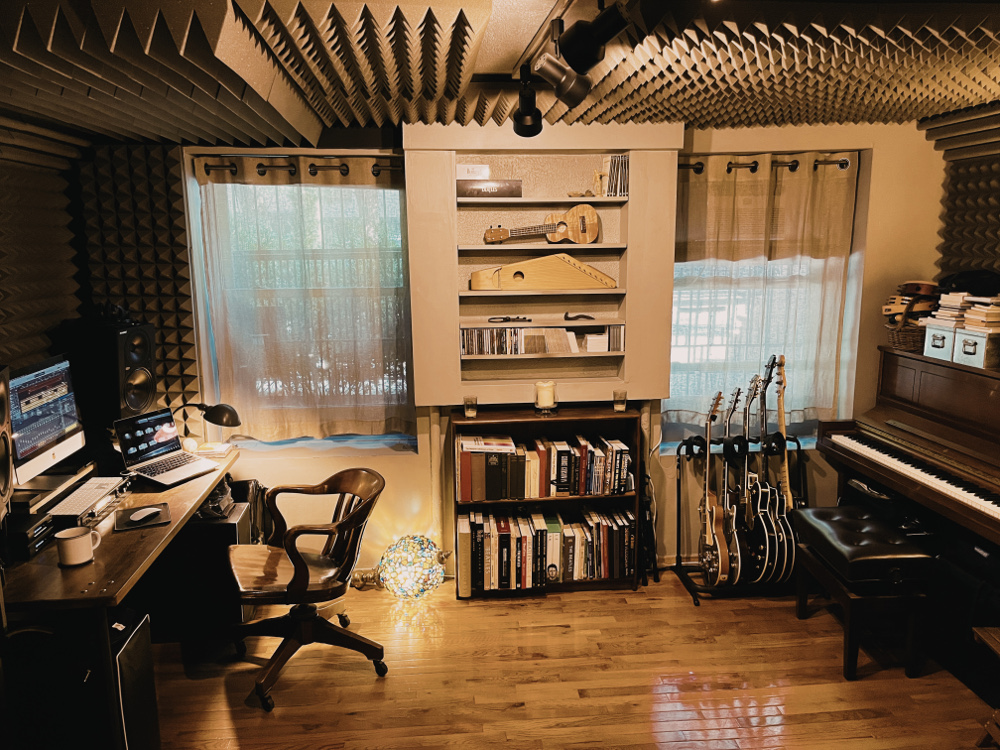
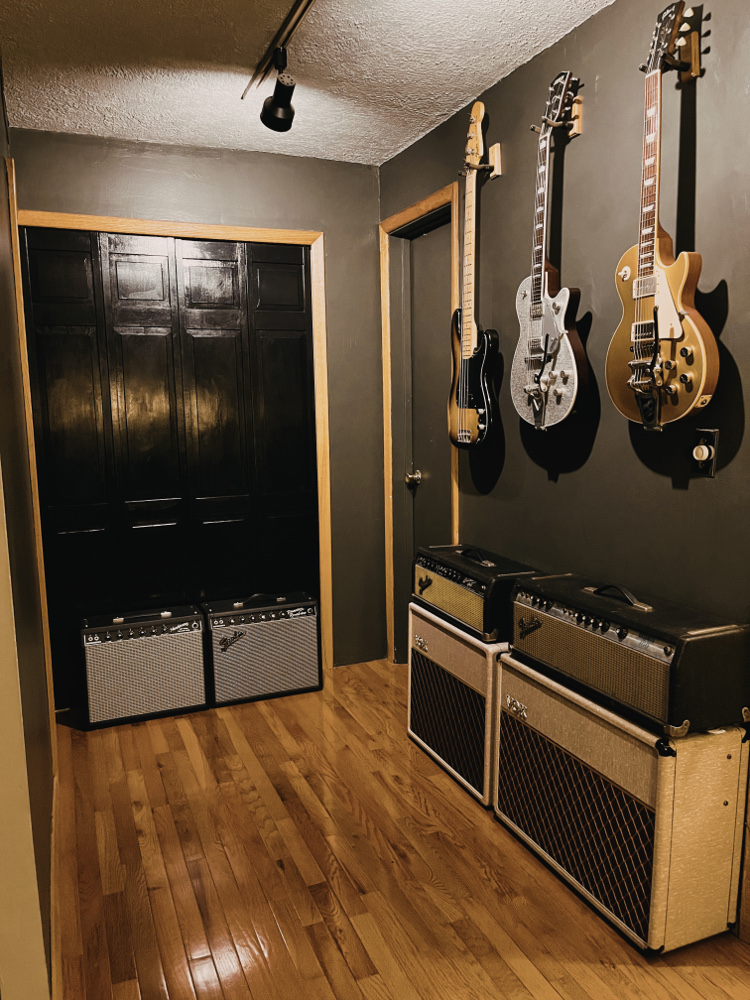
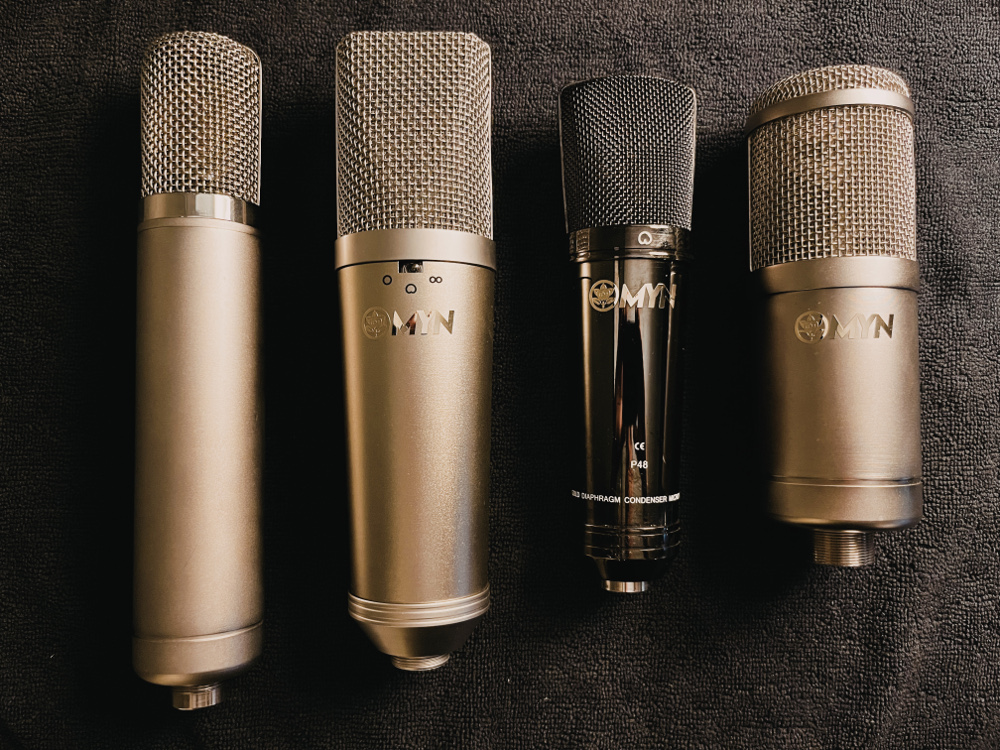
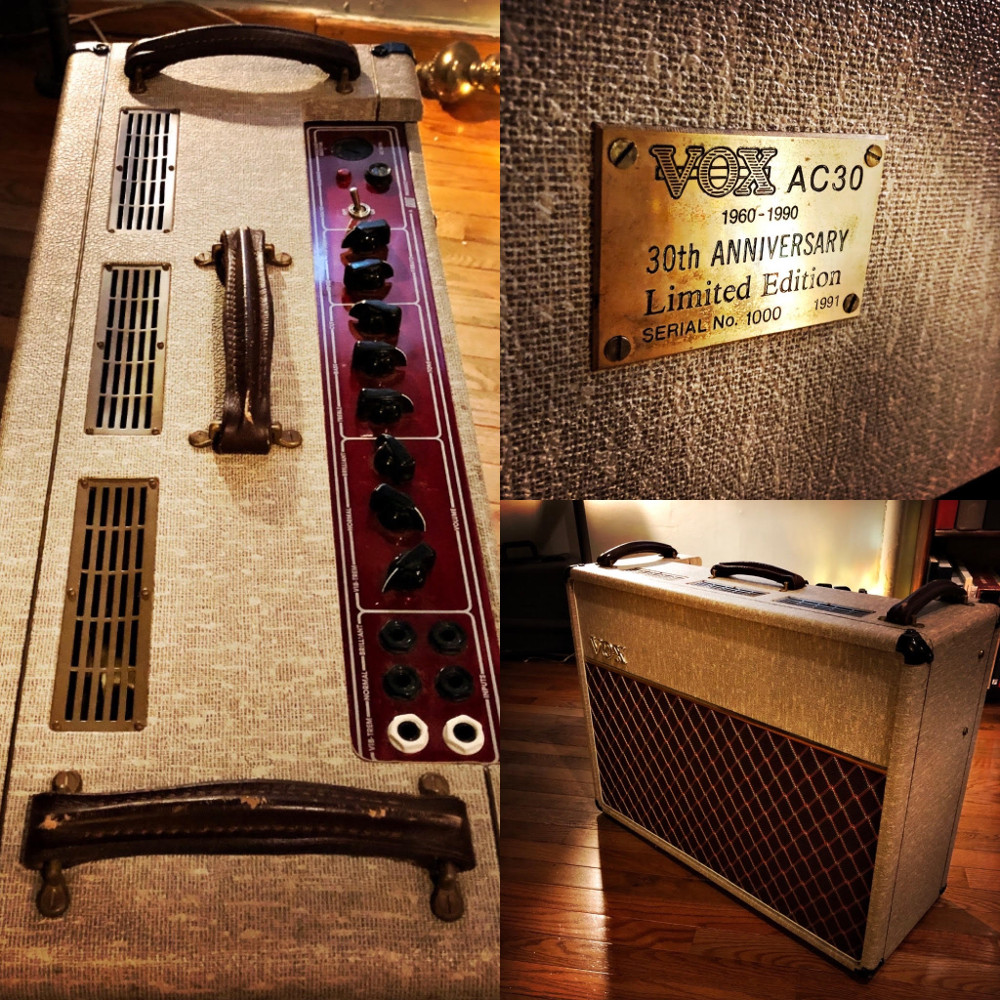
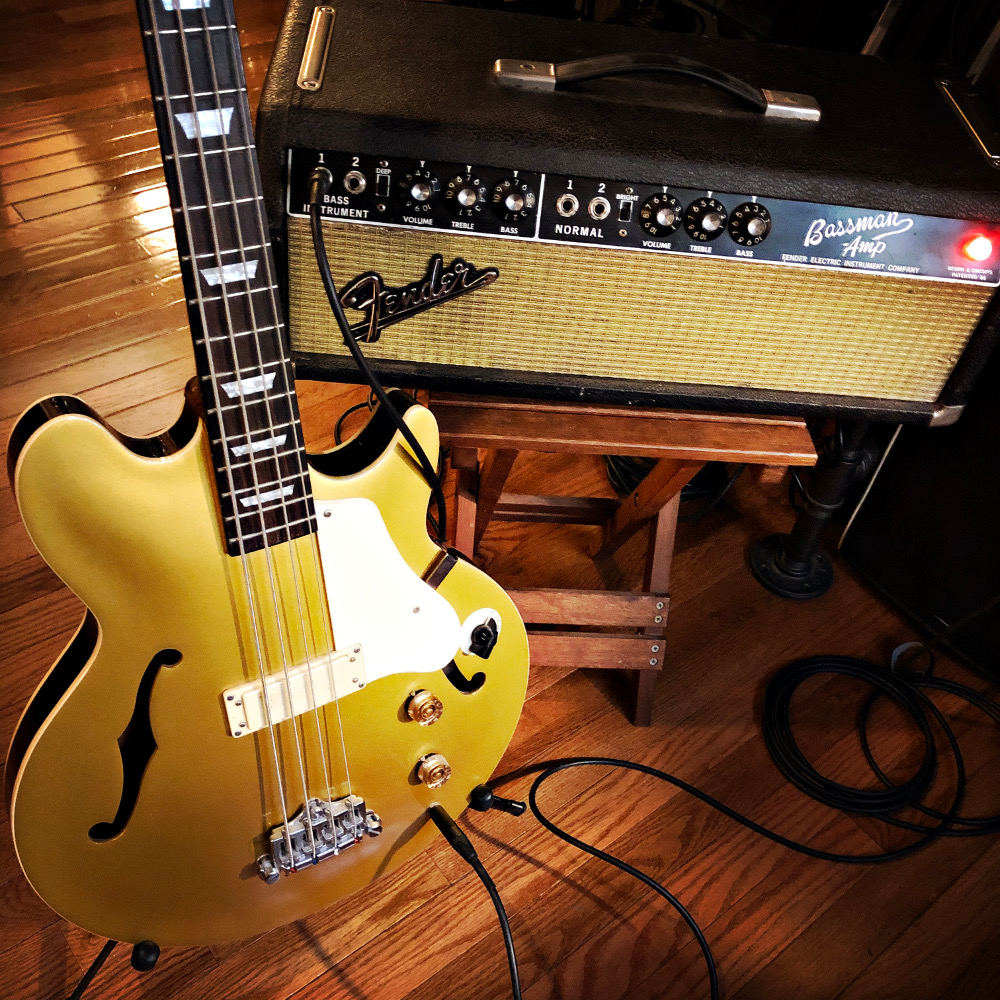
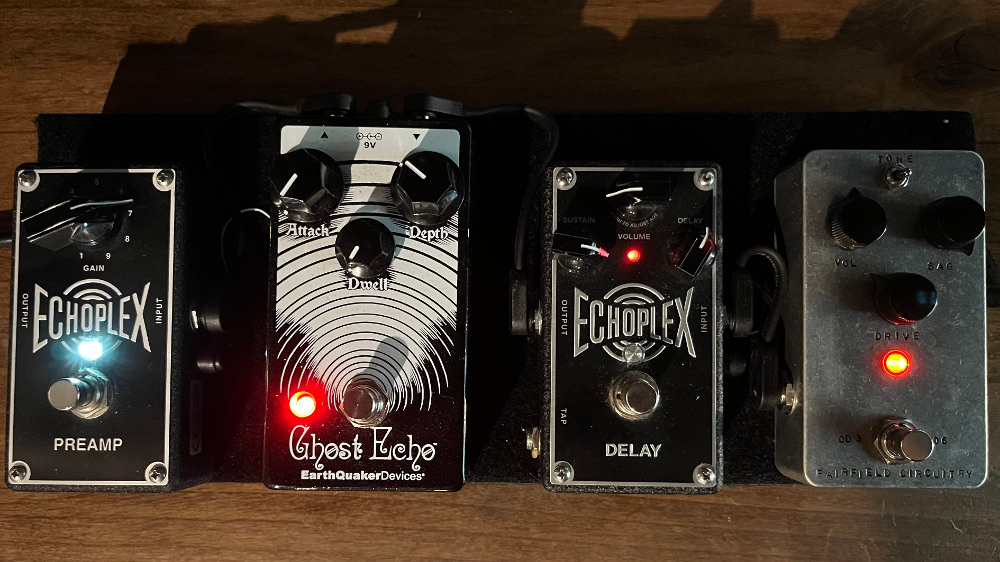
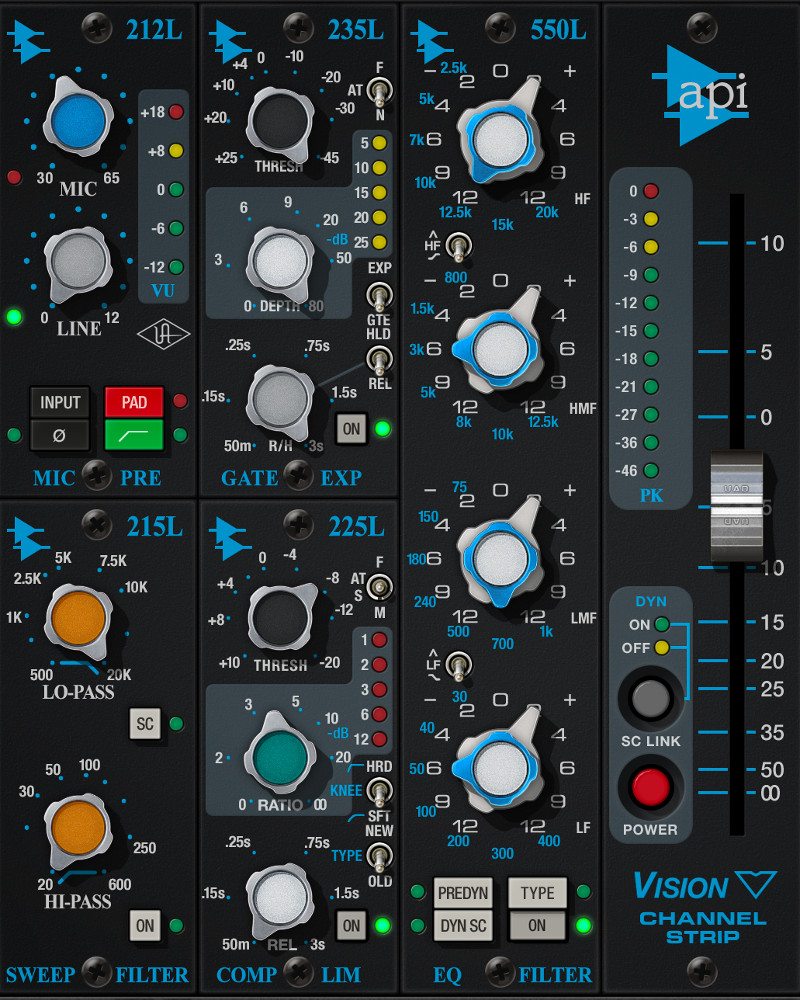
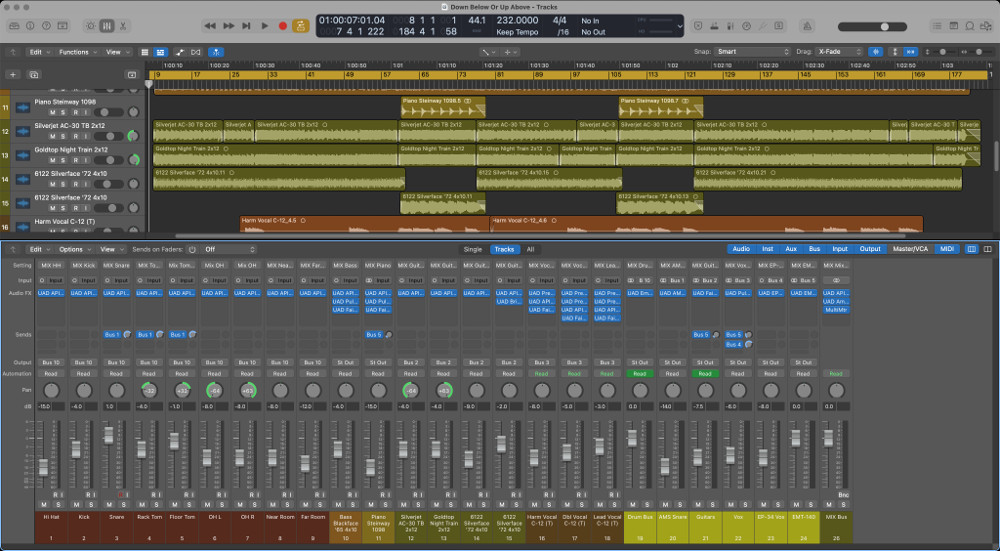

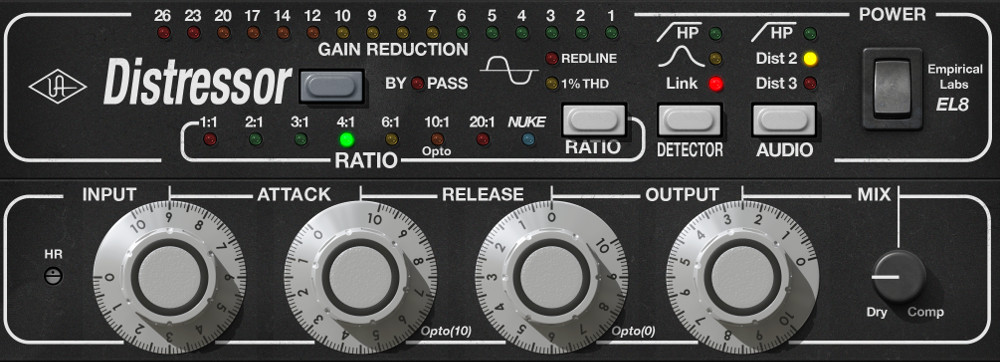

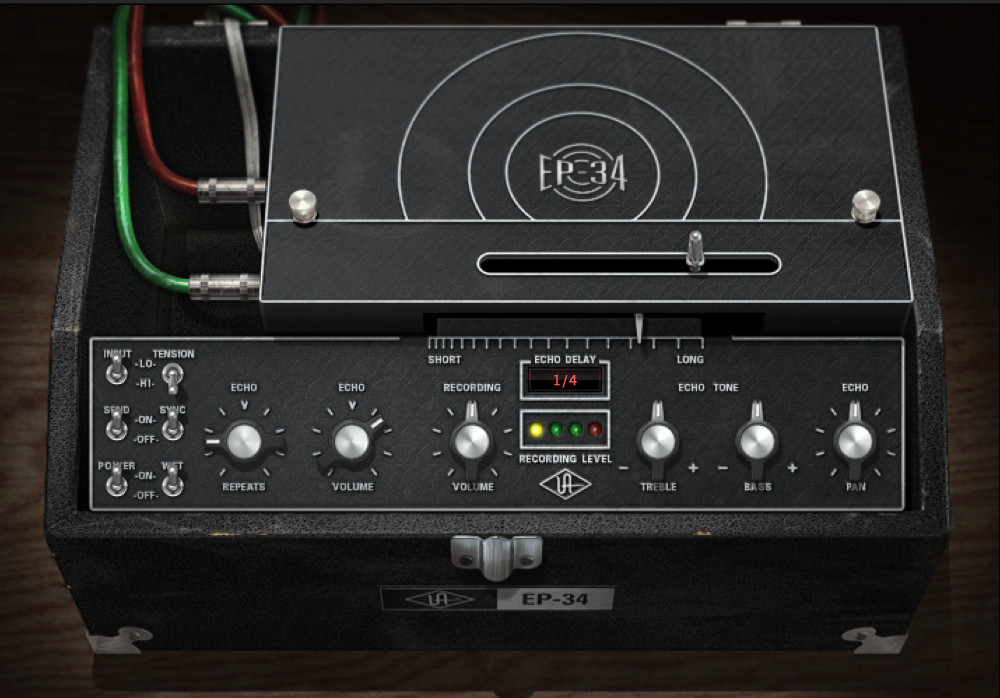
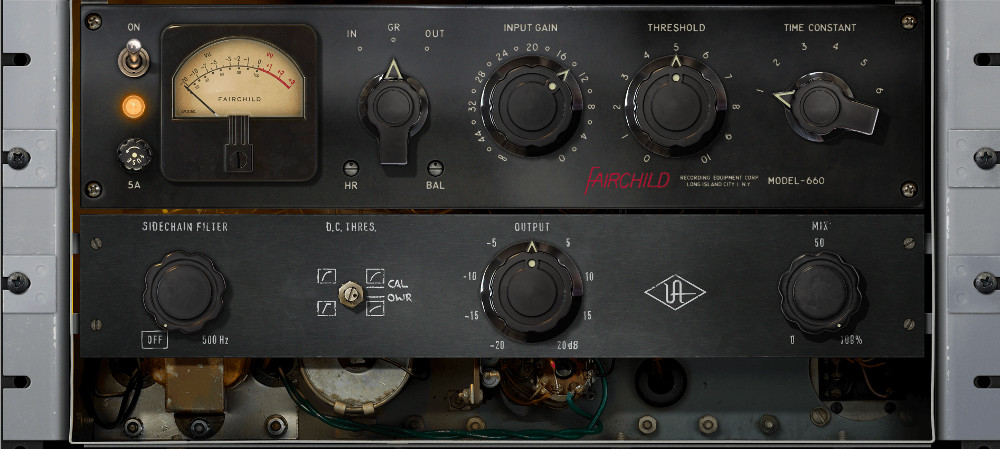

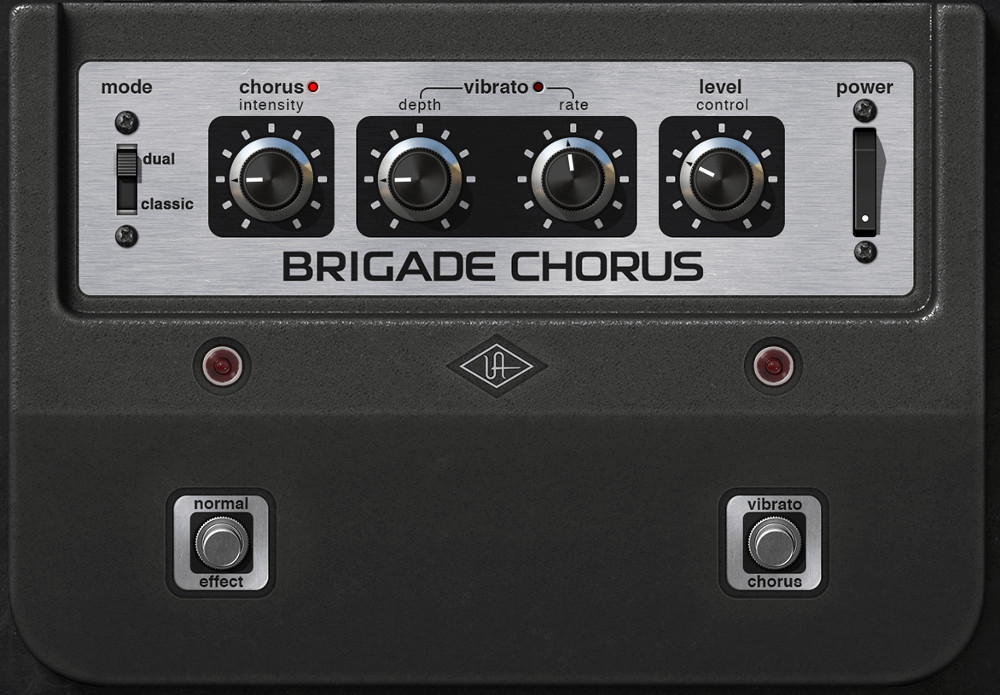
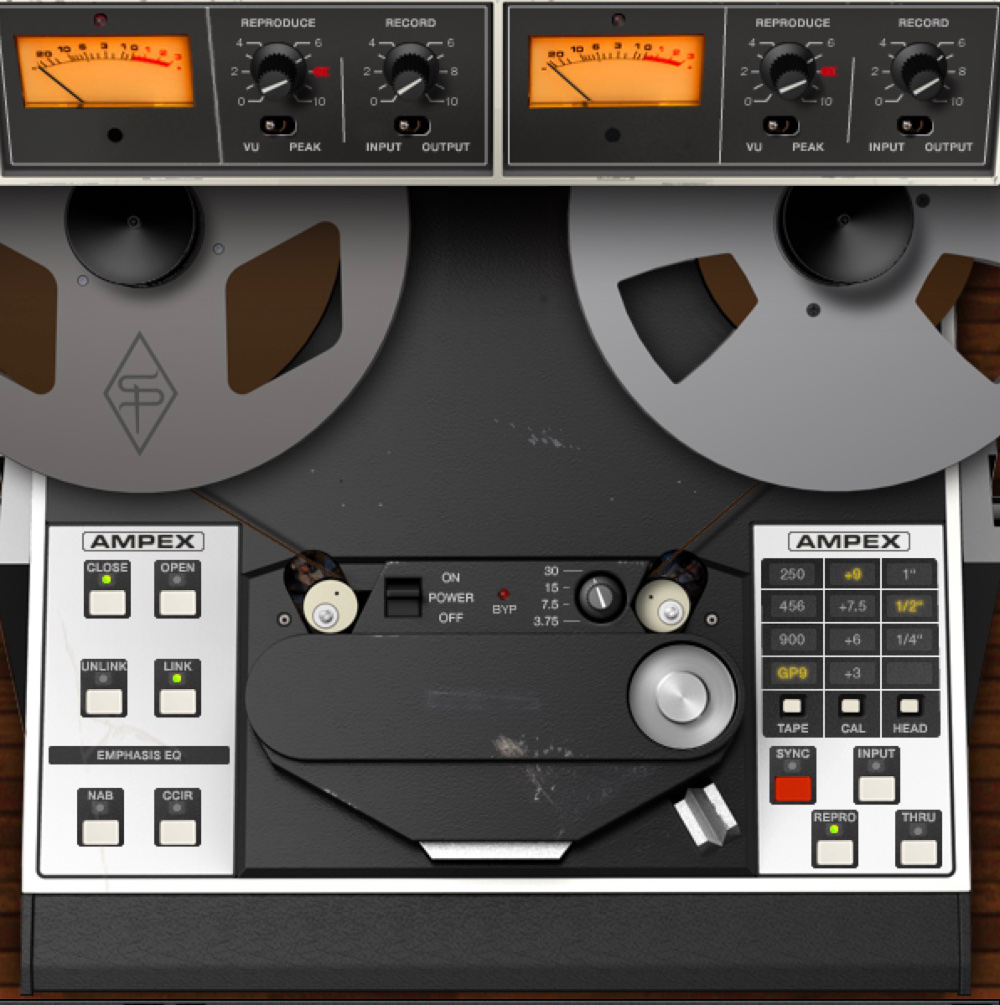
[…] Source link […]
[…] source […]